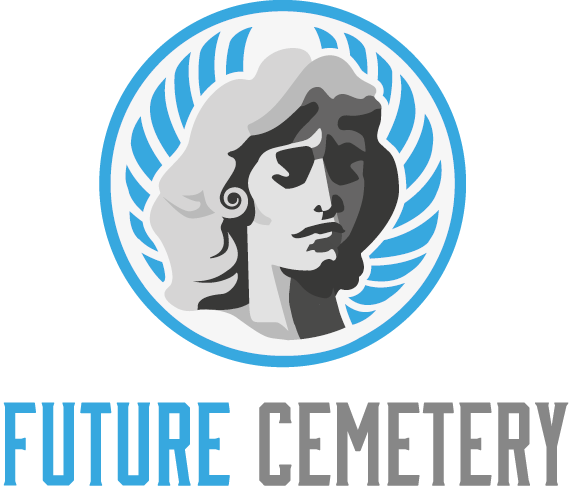Mortuaries are places where bodies are stored and sometimes embalmed while they await a funeral or burial. They are often located on hospital grounds or operated as private clinics.
Some people confuse them with funeral homes, but there are some key differences. A funeral home is more of a full-service facility that focuses on guiding families through the mourning process.
Morgue
The morgue is a temperature-controlled facility where bodies are stored until they can be buried or cremated. A morgue may also serve as a place where autopsies are performed.
In some cases, a mortuary can also serve as a funeral home. However, the funeral home typically has licensed professionals on staff and is more likely to offer services like visitations and funeral masses.
A funeral home may also have a crematorium on-site, which can be used for cremations. A crematorium is a much more modern and less sterile environment than the typical mortuary.
If you’re interested in seeing inside a mortuary, check out this video “Permission to Embalm”. It’s a short documentary that gives you an inside look at a mortuary and explains some of the tools and techniques used. There’s also a longer documentary called “For Life” that provides more of an overview of the whole funeral process including burial and viewings. Both are available on Netflix.
Funeral Home
A funeral home is a place that provides a full range of services to help loved ones grieve and celebrate. They usually have viewing rooms and a chapel for services. They also provide caskets and urns. The staff at a funeral home can dress a body and apply makeup to make them look natural for viewing sessions.
Funeral homes often have a cemetery division that handles the purchase of grave sites and monuments for the families they serve. They can also sell preneed funeral policies to customers.
Some people prefer to use a funeral home for their end-of-life needs because they can meet with a specialist to discuss all of the options available, such as burial and cremation. They can also help people preplan their arrangements so that they can avoid confusion and financial burden for their family in the future.
Embalming
The embalming process is a way of preserving the body after death. It delays natural decomposition and can make the body suitable for viewing or other services within a week. It’s not required by law for a funeral, but many funeral homes recommend it as a way to show respect.
To embalm, a professional drains the remaining blood from the remains and fills them with a formaldehyde-based solution. They also may drain the remaining fluid from the chest and abdominal cavities before tightly packing them to retain a natural bodily form.
The embalming process takes two hours to complete and requires a lot of chemicals. It isn’t good for the environment and can cause problems with groundwater and nearby land. It also isn’t great for the remains themselves, as they become more brittle and less likely to preserve in the long term. The deceased’s family can choose not to be embalmed. However, if the body is going to be cremated or buried soon after death, a funeral home will insist on embalming the body.
Cremation
Cremation is a process whereby human remains are reduced to bone fragments and other residue through heat and flame. The process is performed in a special furnace called a cremation chamber or retort and exposed to extreme temperatures up to 1,800 degrees Fahrenheit. The cremated remains are then pulverized and processed into a fine powder, known as ashes. The ashes are then placed in temporary containers until the family selects an urn to permanently encase them.
Once a funeral home or mortuary takes custody of the physical remains, a chain-of-custody is established through proper identification procedures. This is important because it ensures the cremated remains are returned to the correct family after the service.
A family can choose to bury the ashes in a cemetery, scatter them on private property or in a place that held meaning to their loved one. The ashes can also be kept in an urn or a special display piece, such as a mantle clock or hourglass.
